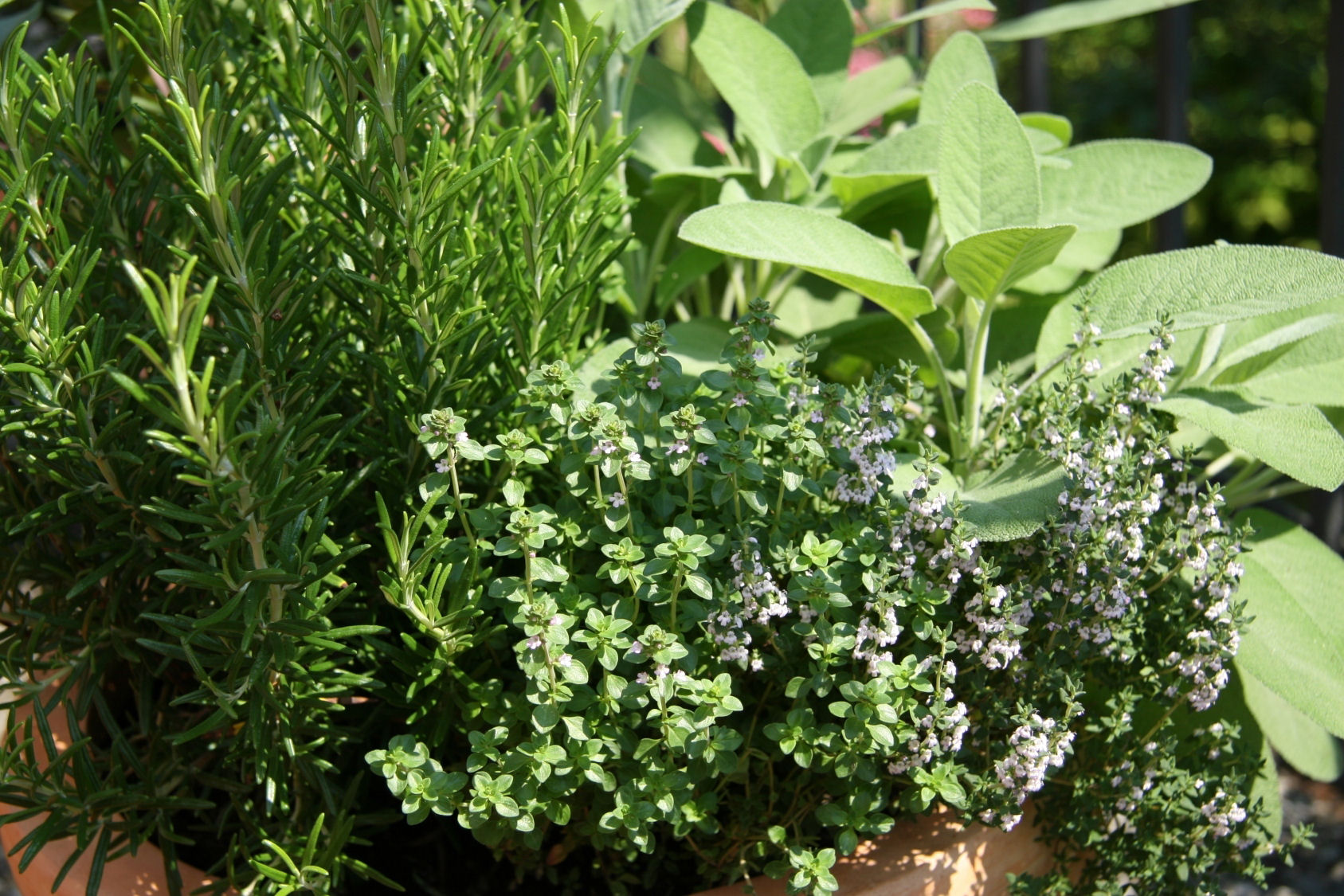GARDENS FOR VICTORY
The Complete $2.50 Book
"A very practical book to help your garden, however modest, produce continuous supplies of nutritious food, properly selected, in the smallest space, in the shortest time, for the least cost."
Written by Jean-Marie Putnam & Lloyd C. Cosper
Illustrated by Lynette Arouni
U.S. Sales Company, by special agreement with Harcourt Brace & Co.
© 1942, Harcourt Brace
Second Printing, March 1942
How to get the most, in health, vitamins, and beauty, out of a small vegetable garden—this book provides one answer to the problem of better meals for less money. The war emergency calls for special attention to VICTORY GARDENS, and both the experienced gardener and the tyro who wants to put his patch of land to useful work will find this a valuable handbook. It is a complete guide to vegetable gardening, from planning and planting through cultivation and pest control to keeping and storing the vegetables raised. It stresses three points of special value: first, how to get the most in food values out of each square foot of soil; second, which vegetables are the most valuable because of their vitamin content or other properties; third, how to make a vegetable garden as decorative as a flower garden.
In addition to being a guide to ordinary gardening, GARDENS FOR VICTORY takes interesting side trips into such subjects as soilless gardening, herb gardens, and gardenets for children to learn in. It is copiously illustrated with lists and charts.
CHAPTER ONE: GARDENS FOR VICTORY
In poetry, tradition, and fact, gardens have long symbolized peace. But peace is no longer in the world, and if we are not to find ourselves astigmatized ostriches, with our heads buried deep in the sands of lost opportunity, our gardens must become for us more than mere green oases of escape.
Actually, our peaceful planting can contribute much toward national victory and post-war economic adjustments. It can arm our homes and our communities with the abundant health of fresh vitamin-giving foods. However bursting the granaries of the nation, fresh garden vegetables may come to be at a premium if their production is neglected.
In Britain's crowded islands, under the pressure of war, every spare foot of earth has been put to work. And not only every spare foot of English earth, but greenhouses too, where orchids have been grown for a hundred years, are now being devoted entirely to crop production. The erstwhile orchid specialists are digging for victory as manfully as is the rest of England. And by the way, many thousands of the expatriated orchids have become war refugees and have been brought to America.
A crisis equally acute has come to grip us, and a few million better, and even a trifle bigger, home gardens in America can increase our national food production enormously. And work wonders in a score of ways such as releasing labor for war activities and helping build up food surpluses for lands that need them today and will need them even more when world reconstruction starts.
Also, with food prices inevitably mounting, every few feet of new vegetable garden properly conducting can mean new dollars saved for the family exchequer. Those dollars can go into the bank account, or you may patriotically transform your beet, onion, and cabbage savings directly into Defense Bonds.
Health begins with the food we eat, and the exercise we take. Dooryard gardens for defense will give us both: recreational exercise and fresh food. Apartment window sills, too, may have their potted herbs; and window boxes will be just as decorative, but far more useful, planted to feathery-foliaged carrots, radishes, and vitamin-rich kale, instead of petunias and geraniums.
In the last few decades we have become a nation of garden enthusiasts—flower garden enthusiasts. Flowers and flowering plants mostly have been our hobby. In 1929 there were about ten million home gardens in America; many more now, but not all of these include vegetable plots.
In the final analysis, food usually wins wars, and writes the peace. And it is well to realize that much of this war's winning food may be grown by ourselves in our own dooryard gardens. Five million home vegetable plots is a reasonable goal for America.
A garden plot whose produce finds its way to the family dinner table is a delight to children and grown-ups alike. Planning and planting can be sort of a household game, and the pride of serving meals largely of home-grown foods is shared by all the family, peacetime or wartime.
In addition to the self-reliance they develop, family-tended gardens can make real contributions to the national economy. They release labor for vital defense industries; relieve food transportation problems; improve family, and therefore national, health and morale; reduce living costs while maintaining a high living standard. Then too, the dollar value of your property is enhanced by a food-producing garden, while your purchasing budget is reduced.
All of us who garden and cherish our American design for living as free men and women may learn from the tragic experience of others abroad. Families with home gardens need not depend on ration cards; and for them rising food prices need not wreak havoc with the household budget, nor mean an empty larder. Fresh fruits and vegetables are sure to become scarcer in many communities because of transportation problems, army demands, farm-labor shortages; a garden at your kitchen door is independent of such considerations.
Our friend Dr. F. W. Went, the distinguished plant physiologist, tells of a recent letter from his mother who lives in Holland near The Hague. She wrote that she was getting all that she wanted to eat only because she had planted a vegetable garden. Not only did it supply her needs through the growing season, but enough surplus was "put up" to carry her through the winter.
Your present flower beds, or parts of them, may easily be converted into food-producers: dinner gardens, salad gardens; herb and berry plots. Actually even a tiny "two by twice" gardenet, or one with flowers, is not too small for growing some food crops.
Even vegetable gardens for victory need not lack charm and attraction. The color schemes and combinations of vegetables and other food plants in garden borders are rich with potential beauty as well as vitamins and utility.
We recall that in the background of our own perennial border tall stalks of corn grew quite by chance one spring. They were allowed to remain not merely for the fresh corn on the ear they might produce, but because of the intrinsic beauty of the plants themselves. And perhaps they made us a little homesick for the whispering cornfields of Iowa. And it should be added that our flower-bed-grown corn tasted very good indeed.
Interplanting vegetables with flowers is a makeshift, of course, and cannot be relied on for comprehensive supplies. Vegetables are easier to plant, care for, and harvest in orderly plots by themselves. But even these utilitarian areas need not be undecorative, any more than the established flower beds must remain exclusively ornamental.
Landscape architects, garden clubs, home garden enthusiasts, nurserymen—all of us whose business or pleasure it is to work with green growing things, may find ourselves unsatisfied with frivolous flowers alone; we may want to eat our pretty plants. Like the young heroin in Edna Ferber's So Big! we may say, "Yes, cabbages are beautiful. Like jade and Burgundy, chrysoprase and porphyry."
And so they are.
Fruit trees, too, may be planted now for the future. The dwarf and espaliered varieties have several advantages for small home owners: they bear at an earlier age, they take up less space, and espaliered fruits grown against a sunny southern wall are almost certain to be particularly delicious, juicy, and flavorful. Aspects of creating the maximum vertical production, so to speak, from the minimum of horizontal space, are treated in Chapter Four on Space-Savers.
Your children, too, may well have garden plots of their own. When we were youngsters we had special "gardenets" which were our responsibility; they were three feed wide and twelve feed long and we selected our own plant material.
Our choice as we recall ran to onions grown from sets: the seeds took too long for young impatience. Also, radishes were included because they came up so quickly that almost always, within four weeks after sowing the seed, we could produce a gay red harvest for the dinner table. Carrots were chosen for their pretty feathery foliage, though we were not enthusiastic about the root after it had been diced and cooked and set before us. Tomatoes grew on the fence behind our particular childhood plot, and never since have we seen "love apples" of such brilliance, or tasted such juicy delicacies!
A very few square feet indeed can support creditable junior gardens. And with a little parental guidance they can be really practical producers of food, too. Actually, a five-by-six-foot plot will give a child enough space for three rows, two inches wide, a food and a half apart—which is just right for carrots in the first, radishes in the second, and perhaps chives and chervil alternated in the third row. Specific suggestions for juniors about easy-to-make and easy-to-keep little gardenets are found in Chapter Twelve, together with some lists and charts.
The hobby or art of flower-arranging has become vastly popular in the last few years. However, many of the loveliest flower arrangements we can recall were made of fruits and vegetables! When Constance Spry, the beloved English garden authority, first used edibles in her delightful arrangements she was considerably laughed at in America; but Mrs. Spry felt, as we do, that provided the plant is beautiful, there is no reason why it should not be used for decoration, just because it can also be eaten. On our own Thanksgiving dinner table each year a cornucopia is arranged, spilling out its harvest of delicious fruits and vegetables. That has always seemed to us one of the most satisfactory of interior decorations—before and after taking, so to speak.
While better gardening for more and better home-grown food is a necessity in a time when wars may be won or lost through abundance of food or lack of it, at all times it is good common sense. And with the spur of patriotic need focusing on such effort, right now is a wise time to plan for permanence in your gardening for food. It's a pleasant habit to contract, and likely to become perennial. And, too, it is as fine an investment as you, your family, your school, and your community can make. Besides some measure of direct and oblique financial reward, the dividends include more health, and that peculiar happiness that comes from raising with your own hands good food from the good earth.
If we never need what we grow, we lose nothing; if we never grow what we need, we lose everything.
Many of us, perhaps, have gardened for fun so long that we may have forgotten how to garden for food. This is a little book to help you remember: so that your garden, however modest, will produce the most nutritious food in the least space in the shortest time.
Chapter Two: "V" Stands for Vitamins: "It is sense to know, and to grow, those foods which will do us the most good."
Chapter Three: Eat Your Beauty and Have It Too: The practical art of supplementing frivolous flowers with ornamental edibles.
Chapter Four: Space-Savers: Garden vertically; use up-and-down space (which is free) while conserving ground space (which isn't).
Chapter Five: How to Plan: "The most successful gardens, defense or otherwise, start on paper. Plan before you plant."
Chapter Six: Preparing to Plant
Chapter Seven: Planting and Maintenance: Selecting, pre-treating and sowing the seed; using glass; transplanting.
Chapter Eight: Witchery with Glass: How to prolong the growing season at both ends. The miniature greenhouse.
Chapter Nine: Vegetables Without Soil: "An inviting challenge to gardeners interested in experimenting."
Chapter Ten: Culinary Herbs for Carefree Gardens
Chapter Eleven: Salad Gardens: A tiny plot, well prepared and cared for, can fill the salad bowl.
Chapter Twelve: Kinder Gardens and Junior Gardenets: "Gardening is a habit-forming hobby...started when young it's apt to last through life."
Chapter Thirteen: Cultural Notes for Each Edible Plant: Exactly how to sow and grow all your garden favorites.
Chapter Fourteen: Combating Diseases and Pests: Specific directions for keeping your garden healthy.
Chapter Fifteen: Malnutrition Symptoms of Growing Plants: Plants, like children, must have a well-balanced diet.
Chapter Sixteen: Keeping, Storing and Cooking: What to do with garden food after you've raised it.










